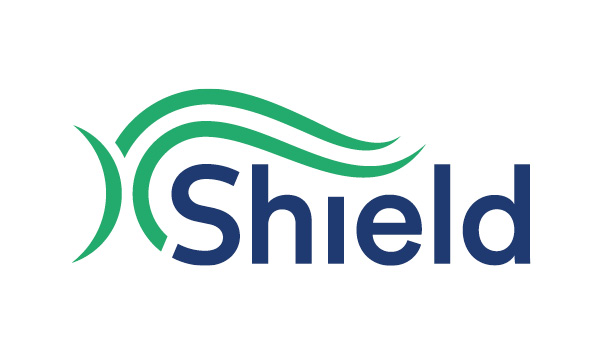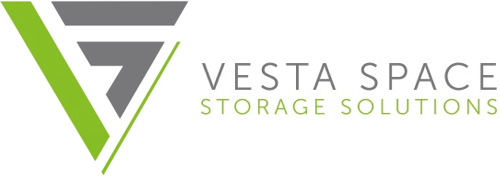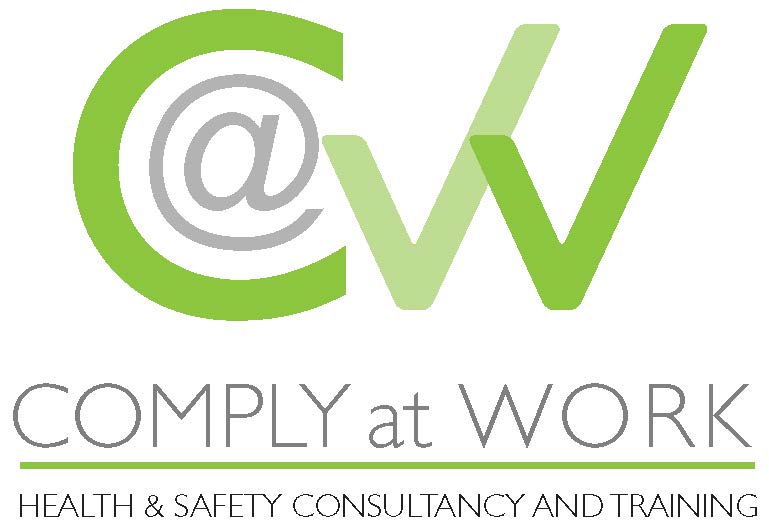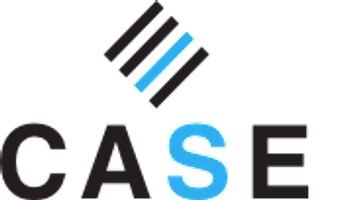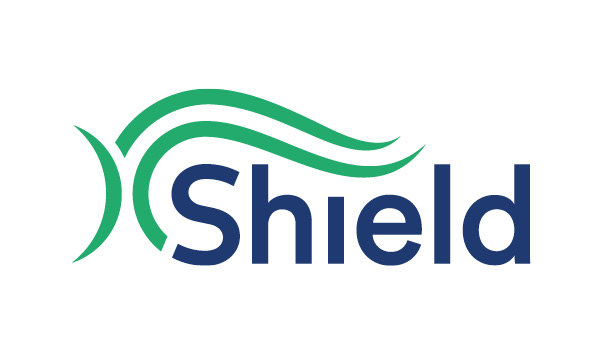Information
-
Audit Title
-
Document No.
-
Client / Site
-
Conducted on
-
Prepared by
-
Location
-
Personnel
3.0 Scope
-
Is this element applied to operational and maintenance practices of Holcim owned railway infrastructure and rolling stock?<br>
-
Is this element applied to all Holcim owned and operated railways and where there is a third party involved?
-
Is this element applied to the management of railway infrastructure when there is a third party involved?
4.0 Accountability
-
Is there a process in place for formally appointing a person or persons other than CEO to be accountable to implement and maintain each requirement<br>
-
Has a person or persons other than the CEO been assigned accountability for implementing and maintaining each requirement of this FPE?
4.1 Hazard identification risk assessment and control
4.1.1
-
Has a risk assessment program been developed to identify risks associated with the operating environment of railway infrastructure?<br>
-
Does it include all operational areas where railways are present?<br>Ask for map showing all railways<br> <br>
-
Does the risk assessment program define safe practices for the management of infrastructure, rolling sock and personnel access?
4.1.2
-
Does the risk assessment program identify the hazards, controls required and who is accountable for:<br>• Ensuring train integrity, both before and during its journey<br>• Maintaining safe train separation<br>• Protecting workers moving on, or within close proximity (4 meters) to, the track<br>• Ensuring the route is safe for operations including preventing movement of points under a train or when the train is approaching working spaces operated by Holcim<br>• Protecting against over-speed operation<br> <br>
-
Is there a process in place to minimize human error in formulation, transmission and execution of authorizations and instructions?
4.1.3
-
Does the risk assessment program identify the hazards, controls required and who is accountable for:<br>• Ensuring the integrity of the track and other infrastructure<br>• Ensuring that both railway traffic and the track and other infrastructure have compatible operating parameters<br>• Ensuring the safety of persons and property on, or adjacent to, the railway<br> <br>
-
Is there a process in place for communicating operating parameters, requirements and restrictions by adequate and effective means?
4.1.4
-
Does the risk assessment program identify the hazards, controls required and who is accountable for:<br> <br>• Ensuring the integrity of rolling stock<br>• Ensuring compatibility with track and other infrastructure parameters<br>• Ensuring safe retention of loads on wagons<br>• Provision of adequate passenger and worker protection in the event of a derailment, collision or other unscheduled event
-
Is there a process in place to provide a specification for and checking process for reliable vehicle couplings, brake systems and brake and other connections between vehicles?
4.1.5
-
Does the risk assessment program identify the hazards, controls required and who is accountable for:<br> <br>• Minimizing the risk of incidents at level crossings<br>• Ensuring the integrity of rail-over or rail-under structures including over-height protection for road-under-rail structures<br>
-
Do Emergency response plan for incidents on or near rail facilities exist<br>
-
Do Rail access point control procedures exist and do they cover possible incidents
4.2 Selection, Training, Competency and Authorisation
4.2.1
-
Have procedures been established and maintained for identifying the health and fitness requirements and standards, and compliance by all workers engaged in railway related work?
4.2.2
-
Does the recruitment of employees and contractors address:<br><br>• Medical fitness criteria for persons required to operate rolling stock<br>• Locations where they are required to operate rolling stock?
4.2.3
-
Has a training and competency assessment program been established to ensure competency standards are applied for personnel who are required to work on or near railways? Do these competencies address the following functions:<br><br>• Government licensing where applicable<br>• Knowledge of company railway rules<br>• Demonstrated ability to conduct pre-operation inspections<br>• Standard operating procedures – application/operation of vehicle equipment/ procedures, start up and shut down procedures<br>• Rollingstock and infrastructure maintenance<br>• Limitations of equipment in operating environments<br>• Demonstration of actions to be taken for breakdowns.
-
General requirements for Driver Assistants/Spotters such as:<br><br>• Vision Limitations (blind spots).<br>• Signals used to guide/direct rollingstock.<br>• Checks to be performed prior to operation.<br>
-
Specific requirements such as:<br><br>• Specific skills for hazardous tasks, loading and dumping practices, and operating within restricted areas.
4.2.4
-
Is there a process in place to issue and maintain authorisation (licence) to operate each type of locomotive and rollingstock within the operation?
4.2.5
-
Has a system been established to maintain documentation and records relating to the selection, placement, training, competency, issue of company licences, and authorisations of all personnel and to retain these for the period of their employment?<br>
4.2.6
-
Has a manager been nominated who, irrespective of other responsibilities, shall have defined authority and responsibility for ensuring that the requirements of this directive are implemented and maintained?
4.2.7
-
Has a system to define the responsibility, authority and interrelation of all employees who manage, perform and verify work affecting railway safety been established?
4.2.8
-
Have procedures been established and maintained to ensure that workers have the necessary written and verbal language skills and literacy to carry out relevant safety related work?<br>
4.3 Communication and awareness
4.3.1
-
Is there a process in place to provide awareness information and/or instruction on a regular basis to personnel who operate or maintain rolling stock, infrastructure or interface with railways, including the reinforcement of key safety issues such as:<br><br>• Critical aspects of safe operation (emergency braking, speeding, driver fatigue)<br>• Requirements related to operating conditions (inclement weather, night operations, road conditions)<br>• Vision limitations (blind spots)<br>• Emergency procedures.
4.3.2
-
Is there a change management program in place to communicate changes to rolling stock, railway infrastructure, or operational requirements, including rail layout to affected employees?
4.4 Design, Purchase, Fabrication, Installation and Commissioning
4.4.1
-
Are railway infrastructure and rolling stock constructed to company approved design specifications?<br>
4.4.2
-
Does the purchase or hiring/contracting of railway rolling stock address at least the following requirements:<br><br>• Suitable access and egress for the operator, maintenance personnel and passengers<br>• Fire fighting equipment, e.g. fixed and portable fire equipment?<br>Is new equipment subject to a design risk assessment prior to purchase? <br> <br>Does the risk assessment consider the requirements of other Fatality Prevention Elements, e.g. isolation capability, safe working at heights?
4.4.3
-
Have procedures been established and maintained to control and verify the design of structures, vehicles, equipment and systems in accordance with the safety requirements for engineering and operational systems?
4.4.4
-
Has a process been established to ensure that each item of infrastructure and rolling stock being introduced into service is in a safe operating condition? Does this process address the following:<br><br>• Establishment of rollingstock specifications which detail the safety requirements for that type of equipment<br>• Pre-commissioning of all locomotives and rollingstock<br>• Inspection of all locomotives and rollingstock<br>• Development of formal inspection checklists applied to the above requirements<br>• Recording of all pre-commissioning and inspection results?
-
Has a register been established of railway infrastructure, rollingstock and locomotives approved for use within the operation?
4.4.5
-
How does the company ensure that changes are assessed and risk management plans developed as required?
4.5 Work method and condition control
4.5.1
-
Has a system been established to document engineering and operational system safety standards?<br>
-
Does this system cover :<br><br>• Track and civil infrastructure<br>• Rollingstock<br>• Signalling and telecommunication systems and equipment<br>• Operations and train control systems<br>• Interfaces with other transport modes.<br>
4.5.2
-
Is there a system in place to establish the good health and fitness of employees to perform the specific tasks which they are assigned?<br>
-
Does this system establish:<br><br>• Physical and mental fitness to do the work<br>• Adequate sense of responsibility to be entrusted with the work<br>• Necessary capacity including communication and technical skills and knowledge to perform the work.<br>
4.5.3
-
Is there a system in place to supervise work practices?<br>
-
Does the system require that:<br><br>• No person shall operate a locomotive or other railway rolling stock without authorisation/licence for that vehicle or mobile equipment.<br>• No person approaches a locomotive or railway rolling stock without first making positive contact with the operator/driver of that equipment<br>• Drivers/operators of locomotives and railway rolling stock comply with the company and government regulations.
4.5.4
-
Is there a process in place to identify, interpret and understand regulatory safety requirements?<br>
-
Is there a process in place which requires procedures to be developed which enable compliance with regulatory requirements?
4.5.5
-
Is there a system in place to test for drug and alcohol levels of workers?
4.6 Maintenance
4.6.1
-
Has a maintenance program been established for all railway infrastructure, locomotives and rollingstock?<br>
-
Does it address the following:<br> <br>• Established schedules for conducting periodic maintenance<br>• Requirements for maintenance and repair work to be undertaken in accordance with manufacturer’s specifications and operational experience<br>• Use of manufacturer’s or equivalent compatible parts<br>• Recording of all maintenance and repair work conducted<br>• Reporting of progress against the schedule.
4.6.2
-
Are there procedures in place for inspection and testing of safety related engineering and operational systems?<br> <br>
-
Do these procedures define the location, method, level of detail and frequency of inspection and testing?<br> <br>
-
Do these procedures identify the need for inspection and testing on both a scheduled basis and for defined events?
4.7 Emergency control
4.7.1
-
Has an emergency preparedness system been established for railway operations, including public interface areas?<br>
-
Does it address:<br>• The provision of first aid kits in locomotives operating in public and remote areas<br>• Emergency response planning for incidents involving company owned locomotives and rollingstock.<br> <br>
4.7.2
-
Have procedures been developed for the rescue and recovery of broken-down locomotives and rollingstock, and extraction of personnel from that equipment?<br>
-
Are these procedures addressed as part of the operational risk assessment?
4.8 Monitoring, inspection and audits
4.8.1
-
Has a pre-operational inspection system been established for all railway infrastructure, locomotives and rollingstock?<br>
-
Are daily inspections performed on locomotives and rollingstock?<br> <br>
-
Are there specific checklists for each type equipment being used<br>
-
Does the schedule address all other forms of railway infrastructure, e.g. bridges?<br>
-
Does the pre-operation inspection system include specific checklists for each type of equipment being used?<br><br>
-
Does the inspection system enable the:<br><br>• Recording of inspections performed<br>• Process for the reporting of defects<br>• Actions required to stand down unsafe equipment (e.g. defective brakes)?
4.8.2
-
Is there a process in place to undertake task observations?<br>
-
Are personnel who undertake task observation process required, at regular intervals, to observe the actions of personnel working on rail infrastructure and rollingstock?
4.8.3
-
Is there a process in place to undertake annual audits of this FPE?<br> <br>
-
Does the audit process require a written report which records the quality and effectiveness of the implementation of this FPE
4.9 Reporting, assessment and corrective actions
4.9.1
-
Is there a system in place to review speed limits and operational rules annually?<br> <br>
-
Does the review consider changing conditions such as track condition, traffic etc?
4.9.2
-
Is there a hazard and or defect reporting process in place?<br> <br>
-
Does the hazard/defect reporting process require that<br>• Rolling stock requiring repair is stood down from operational service?<br>• Infrastructure requiring repair or service is removed from service and users are warned or the railway is closed<br>• Corrective actions taken to correct the hazard are recorded
4.9.3
-
Is there a process in place to investigate the cause of railway safety incidents and accidents?<br>
-
Is there a process in place to record the corrective actions required to prevent reoccurrence and implement those actions?
Conclusion and auditor's comments
-
Date of audit completed
-
Signature of auditor
-
Date of auditor's signature
-
Signature of auditee
-
Date of auditee's signature





